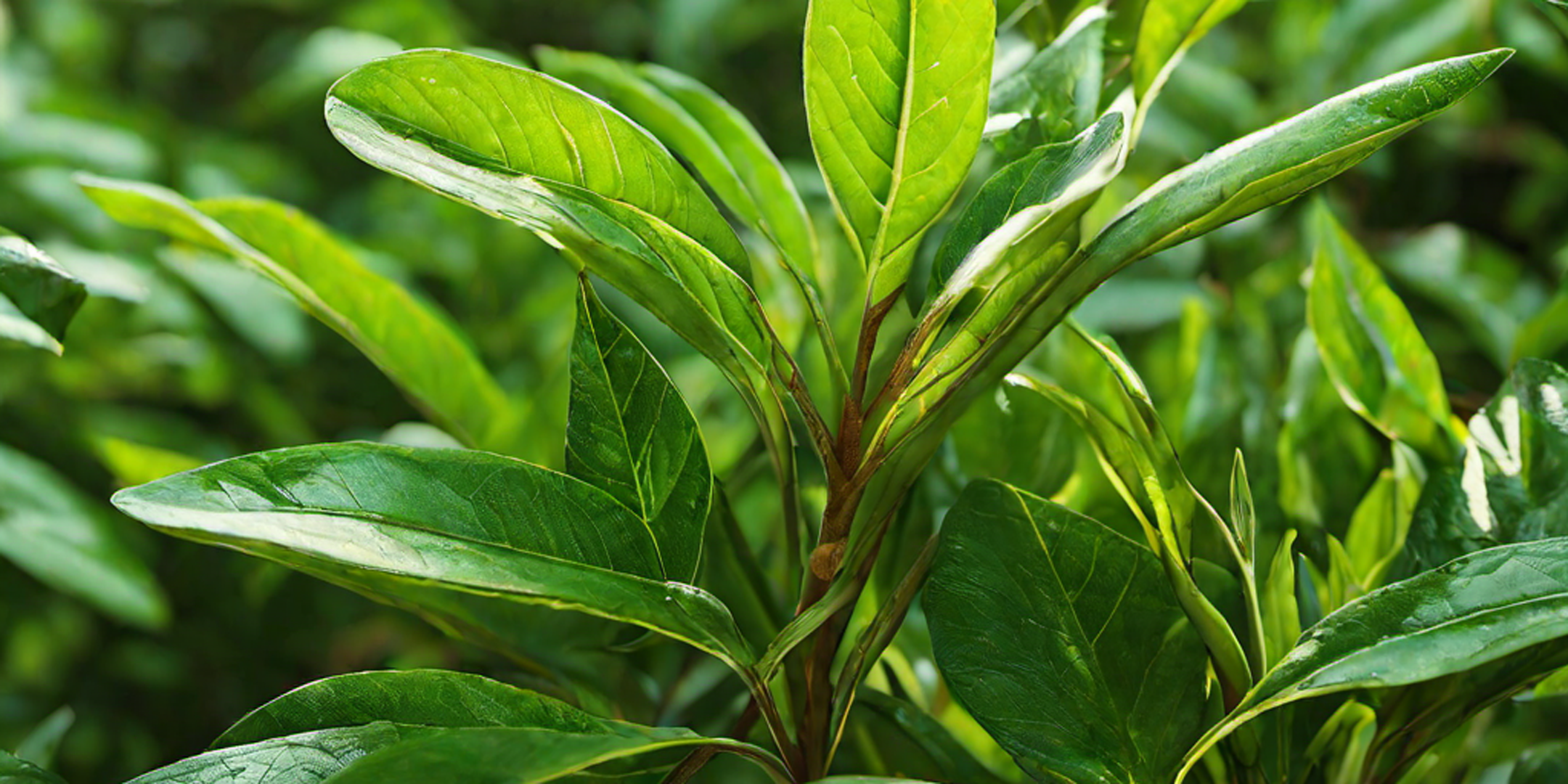Processing
Processing Tea
The top two leaves and a bud plucked from each shoot of a pruned tea plant go into making the finest teas. A dense growth of young shoots, called ‘flush’, is ensured by pruning the plants waist high. There can be several flushes in a season. The first flush yields darker, aromatic teas, but the second flush of spring is the nest, attracting major overseas buyers.
There are three major methods of processing freshly picked tea leaves, each resulting in a different class of tea: green, black or oolong. Each category is determined by the amount of fermentation, a non-alcoholic oxidation process.
Unfermented Green tea resembles the taste of tea leaf in its natural state. It is created by steaming fresh leaves.
Black tea, the most refined of all categories, is of two types-CTC and Orthodox. CTC teas come are granular while the Orthodox variety is marked by whole leaf and broken forms. Both varieties are the result of an elaborate process in factories involving withering of leaves on perforated through, rolling by hand or machine, fermentation, drying, sorting and grading.
Oolong tea, treated much like black tea, has the qualities of both black and green leaf.
Auctioning Tea
After production and grading, tea is transported in aluminum-lined plywood chests, jute bags or paper sacks for auctioning or direct selling. DCPL buys tea primarily from the Guwahati Tea Auction Centre (GTAC), established in September 1970.
With a total seating capacity of 450, GTAC is one of the world’s largest CTC tea auction centres and the world’s second largest in terms of volume of tea traded. Its membership today stands at 285 buyers, 613 tea estates, nine brokers and 36 warehouses. The warehouses can store over 1 million kg of tea from the estates at any given time.
Brokers acquire tea samples from the warehouses and distribute them among prospective buyers. The details of the garden arrivals are then catalogued by the brokers to be put up for bidding in GTAC. The procedure of sale may seem simple, but the actual auctions follow a pretty complex system to ensure total fairness as per GTAC rules and directives, if any, from the Tea Board.
DCPL and others in the tea industry swear by the efficiency of GTAC and its fattening volume of sales.
Tasting Tea
Our well-lit, North-facing tea tasting room allows our team of professionals to taste up to 1,000 cups or seven batches per day. Adhering to the tasting norms, we use 2.5g of tea in 150ml of water for the right punch and flavor.
Consistency of quality being our mantra, we want our consumers to have the best blends throughout the year. The key is tasting tea to perfection.
Blending Tea
The delicate flavor of Darjeeling or the punch in the finest Assam depends on how good the blender is at selecting teas from the best gardens and tasting them to perfection.
Assam provides the foundation for many of the finest black tea blends. Its deep colour and rich flavor makes it the ideal invigorating brew. Darjeeling tea, often called the champagne of teas, is marked by its fragrance.
Blending, not mixing: As distinguished from mixing, blending is a hygienic art of assimilating superior grades of teas without compromising on freshness and flavor.
Anyone can mix tea, which requires no machinery, no quality control, and is done crudely on the floor. Real blenders, like DCPL, spend hours selecting teas, testing their purity and their character.
Why machine blended tea?: Machine blended tea ensures consistency of quality after elimination of impurities present in loose teas. Loose teas do not necessarily ensure quality: the taste of tea from the best garden may vary depending on the weather conditions. Manual or floor blending (mixing, rather) of such tea, besides being unhygienic, results in loss of bloom and flavor and imparts to the tea a gray appearance.
At DCPL, we have a fully automatic five-stage blending facility with a capacity of handling 30 tons of tea in eight hours. The best teas bought from the auction are fed into this blending unit.
Packing Tea
Use this text to share information about your brand with your customers. Describe a product, share announcements, or welcome customers to your store.
The stitching machine has a capacity to sew a dozen bags weighing 10 kg each and 15 bags of 5 Kg weight in a a minute.
The machine is also capable of packing tea in pooches, packets and jars of various sizes.
Preparing Tea
The Mongolians crush their tea leaves and boil them in salted milk while the Japanese whisk powdered tea into a sea-green foam. China and the West believe in combining tea leaves with boiling water.
There are six golden rules of making the perfect cup of tea.
Always use clean kettle, teapot and strainer; use filtered water; use the correct amount of the best tea available (one slightly-rounded teaspoon loose tea per cup); use the correct amount of water (about 6 ounces per cup) at the right temperature (preferably 212 degrees Fahrenheit); boil tea for the proper length of time (three to five minutes depending on leaf size or the strength of tea); and finally, serve fresh.

